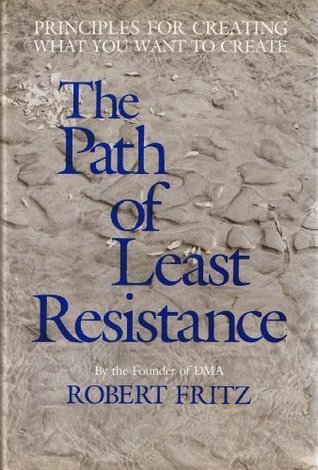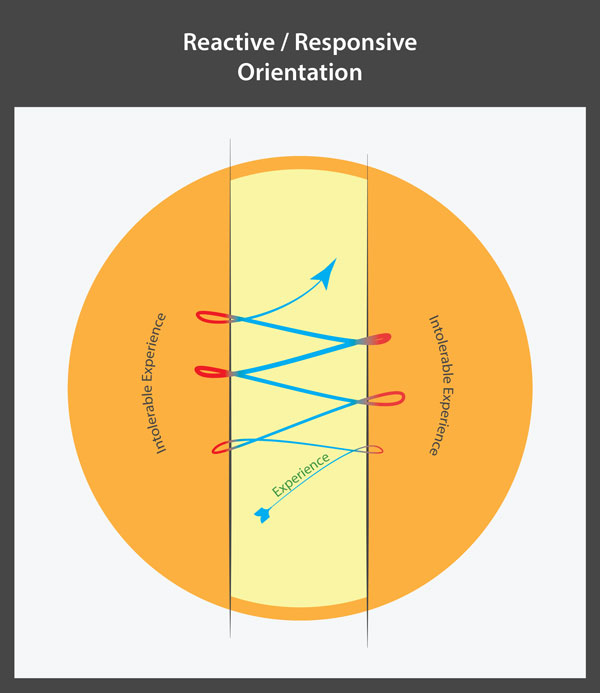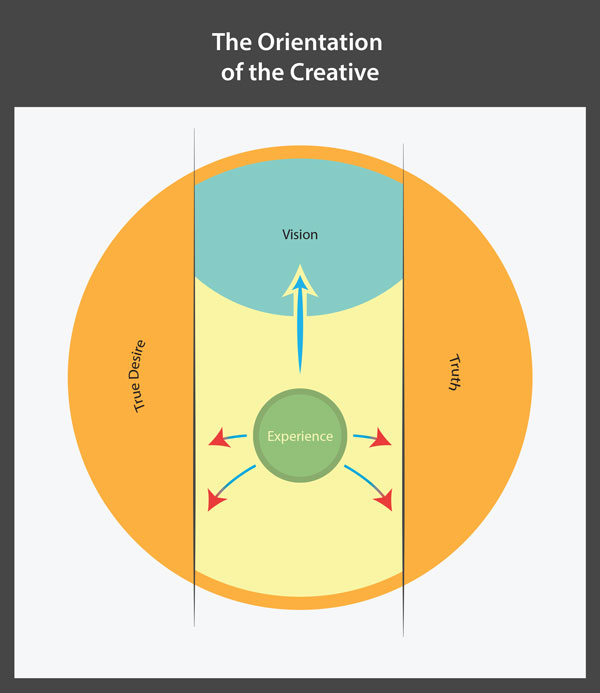 Whenever I read an old, well-liked, book and then sit down to write a review, I suddenly feel kind of silly calling it a review. In fact, that happens almost every time. “Uh, that ship has sailed buddy.” I imagine people must be thinking when they read my review of a book from 1989.
Whenever I read an old, well-liked, book and then sit down to write a review, I suddenly feel kind of silly calling it a review. In fact, that happens almost every time. “Uh, that ship has sailed buddy.” I imagine people must be thinking when they read my review of a book from 1989.
The Path of Least Resistance by Robert Fritz was awesome. Based on this book, and Fritz’s Wikipedia page, he might just be my new creative ideology idol. Eh, it’s a niche position.
I had a lot of “huh” moments in this book. Moments when a new idea, or a new perspective is first noticed. The book had me thinking Fritz was an idiot on one page, then huh-ing on the next page, thinking he’s a genius. Sending the mind back and forth, the way only something really compelling can seem to do.
Fritz’s writing is based mostly on the orientation of the creative, versus the reactive-responsive orientation. Those with a reactive-responsive orientation move between unpleasant experiences, moving to action only when the experience reaches an intolerable degree of discomfort. This orientation is characterized by the belief that what one wants doesn’t matter, and that they are victim to their circumstances. The orientation of the creative, on the other hand, sets actions in the tension created between the truth of one’s circumstances, and the desire for what they want. As different as the mindsets are, they’re not exactly opposites and it makes the concept a little challenging to grasp. So I made some diagrams to try and explain it.
In the diagram above, you can see the line represents life’s experience. It attempts to move through life, but only changes direction when an experience becomes intolerable, then it changes direction, until some other experience becomes intolerable. The experience of life only reacts or responds when something becomes intolerable.
The Orientation of the Creative is different, but not completely. First, the orientation of the creative has a vision the experience is moving toward. On one side, is truth (such as, I have no money). On the other side, is True Desire (such as to start a data minding company). As the experience applies pressure to the truth of the situation and the true desire, it moves toward the vision.
Isn’t that neat?
Fritz says that life flows along the path of least resistance. For example, say your doctor recommends you reduce your fat intake. But all you have in the refrigerator is leftover Pizza Hut deep dish pizza. If you’re of the reactive/responsive orientation, when the reduced fat diet starts to feel intolerable, you’ll reach for the Pizza. You’ll then continue to struggle or neglect your diet until the medical need becomes intolerable.
But, for those who adopt the orientation of the creative, applying equal pressure (read: taking seriously) to their true desire, and the truth of their circumstances, the path of least resistance leads to their vision. Someone attempting to improve their health by reducing their fat intake, with the orientation of the creative, might instead take their desire to live a long healthy life seriously. And at the same time, wouldn’t lie to themselves about their self control. They would tell the truth and throw the pizza out. And by taking both seriously on either side, the path of least resistance is much more likely to propel their actual experience into their vision to meeting their grandchildren.
Honestly, this all sounds pretty good to me. And, I can see it modeled in my own life. Taking my circumstances and my vision for myself seriously is a growing trend in my life, and there are patterns that this book could have likely predicted. Of course, whether it’s true in some kind of universal sense, I don’t know. Like is it just a human brain thing? Maybe. But nevertheless, it’s a useful perspective.
In Conclusion
The book is really about the creative process. And while it’s written for everyone, artists are the ones who are really going to get it, I think. For me, seeing my own patterns as a creative person and having a complete perspective on them really makes a big difference. I have already bought this book for a friend. It’s an enlightening read.



Recent Discussion